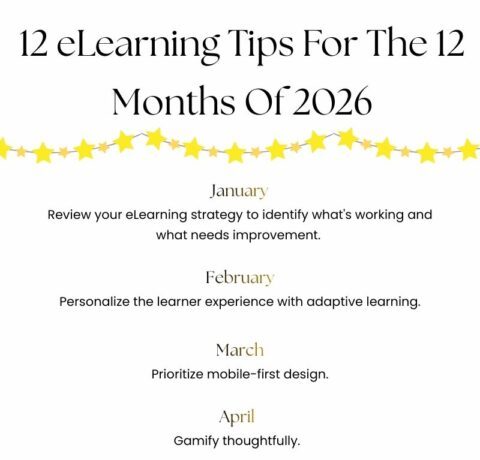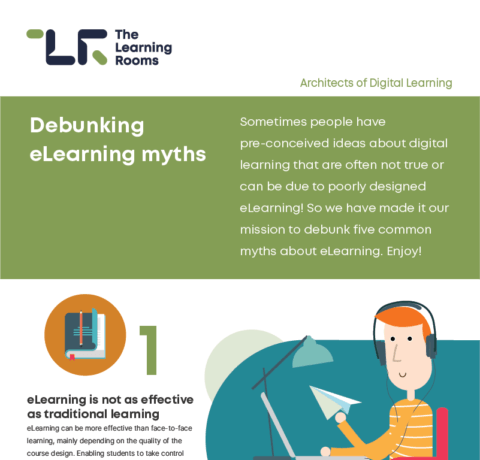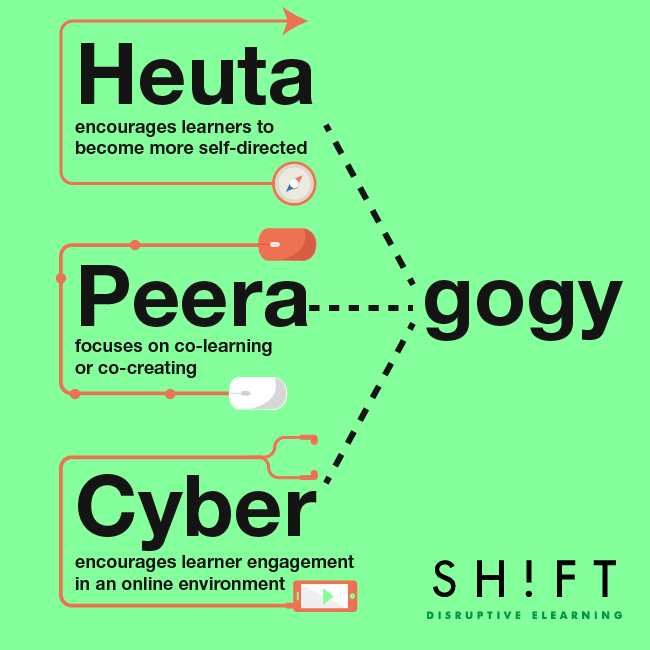3 Key Concepts To Understand Learning in the Digital Age Infographic
Learning is evolving—in large part due to the Internet. The 3 Key Concepts To Understand Learning in the Digital Age Infographic presents the three particular forces that affect the way we all learn online. . These forces which are basically distinct features of new technologies demand that we should also continue to evolve as learning professionals. They include:
- The rise of greater connectivity and seamless networking in education,
- The development of global education as an approach to interdisciplinary study, and
- The virtualization of information through computer networking.
With these in mind, it's time for us to move to Education 3.0. While Education 2.0 allows for greater interaction between teacher and student, student and content/expert, and among students, Education 3.0 emphasizes a more connectivist approach to learning and teaching. These three "gogies" of effective online learning will help you get a clearer picture.
- Heutagogy
Heutagogy, a concept developed in 2000 by Stewart Hase, refers to the study of self-determined learning. This approach focuses on the role of online instructors as a coach, a mentor or facilitator and further encourages learners to become more self-directed. - Peeragogy or Paragogy
In contrast to the deliberately ambiguous and inclusive term “Paragogy,” “Peeragogy” aims to be direct and more concrete.
- Cybergogy
The two previous “gogies” sound a bit familiar. But what about “Cybergogy?” The term itself indicates that it has something to do with “cyber” or the Internet. And indeed it has. It focuses on helping adults learn effectively in a virtual environment.







You can adjust your cookie preferences here.